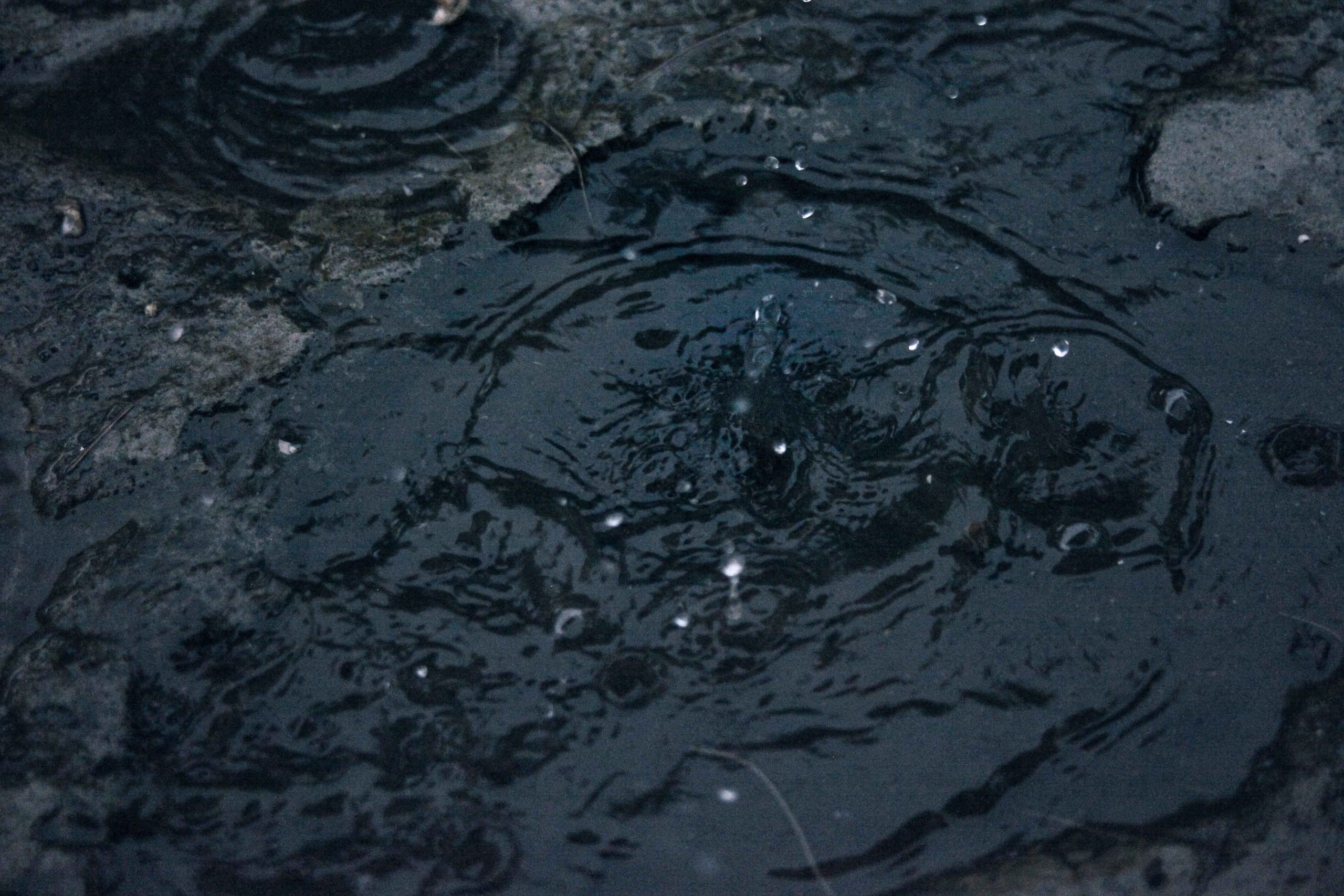Buried deep underground lies a precious resource that sustains all life – groundwater. But at Camp Lejeune in North Carolina, this vital liquid became an invisible toxin that destroyed health and trust. For decades, toxic chemicals secretly seeped into the groundwater that countless Marines and their families unwittingly ingested.
What occurred was an environmental disaster with devastating human costs, sparking a legal battle that continues today.
Groundwater Contamination from Human Activities
Over half of the United States population relies on groundwater as a source of drinking water. It is also crucial for agricultural irrigation. However, groundwater is susceptible to pollution from human activities on the surface and underground.
Contaminants can make their way into aquifers and render the water unsafe for consumption. Fertilizers and pesticides used in farming can seep into groundwater over time.
Road salts, toxic chemicals from former industrial sites, and motor oil dumped on the ground eventually filter down. Leaky septic systems, underground fuel tanks, and landfills allow untreated waste and hazardous materials to pollute subsurface water reserves.
Groundwater quality is threatened by numerous anthropogenic sources. Residential, commercial, industrial, and agricultural land uses all carry pollution risks. Contaminants may enter aquifers via direct releases or spills stored near the surface.
Underground infrastructure like injection wells can introduce contaminants below the water table. Stormwater and irrigation water contaminated on the surface may permeate down.
Collectively, human activities pose serious challenges to protecting groundwater reserves from contamination. Proper management is needed to safeguard this critical drinking water source for over half of all Americans.
The Tragedy at Camp Lejeune
Camp Lejeune was established in the 1940s, built on sandy pine forest land along the North Carolina coast.
Unfortunately, drinking water at the base became seriously contaminated sometime in the early 1950s due to improper maintenance and hazardous waste disposal practices. The contamination lasted for over three decades until it was detected in the mid-1980s.
Investigations later found that contaminants like industrial solvents leaked into the drinking water supply from two primary sources. The first was a fuel storage depot located on the base that was poorly maintained, allowing chemicals to seep underground.
The second source was an off-base dry cleaning business that improperly dumped toxic waste. This waste also infiltrated the groundwater flow underneath the land.
Before contaminated wells could be closed off, the tainted water was piped all over the base. It reached barracks, offices, family housing units, schools, and even the base hospital.
For over 30 years, military personnel and their families unknowingly consumed, prepared food and drinks with water contaminated with harmful chemicals. They also bathed in this contaminated water.
Health Issues and Legal Actions Regarding Camp Lejeune Contamination
Extensive research has linked the contaminated water at Camp Lejeune from the 1950s to 1980s to several serious health problems.
Some of the main conditions observed in exposed individuals include various cancers like bladder, breast, kidney, and liver cancer. Non-Hodgkin’s lymphoma, leukemia, and other blood disorders have also been associated with toxic exposures.
According to TorHoerman Law, additional studies are still ongoing but preliminary results suggest links to neurological diseases, birth defects, miscarriages, and other chronic illnesses. The Agency for Toxic Substances and Disease Registry (ATSDR) is conducting broad investigations into many cancers and conditions known to be caused by the chemicals present.
In recognition of the extent of harm, the Department of Veterans Affairs now presumes service connection for several serious diseases related to Camp Lejeune’s service. This allows affected veterans to access disability benefits and healthcare. However, for many years these victims had no means of seeking compensation or justice for their suffering.
Through extensive investigation, the sources of several contaminants have been identified. Poor maintenance of storage and disposal sites allowed substances like dry cleaning solvents and degreasers to leach into the water supply feeding the base.
Over 70 hazardous chemicals were detected in drinking water and building systems over nearly four decades of exposure. Recent legislation like the Camp Lejeune Justice Act now provides a path forward.
Qualifying individuals who spent at least 30 days at the base can file Camp Lejeune contaminated water lawsuit to recover damages for their resultant injuries. This overturns prior legal barriers and gives those impacted a chance at compensation after decades of battling illness and uncertainty.
Ongoing research continues to unravel the full scope and consequences of this environmental disaster.
Camp Lejeune Settlement Progress to Date
Progress is being made in providing compensation to those harmed by the contaminated water at Camp Lejeune. There are currently two government entities handling settlement offers and negotiations – the Torts Branch and the Department of Justice.
The Torts Branch has identified 50 active litigation cases that qualify for a settlement option based on vetting of evidence and documentation. These qualifying cases represent a variety of medical conditions known to be associated with toxic exposures.
There are 14 bladder cancer cases, 12 kidney cancer cases, 10 cases of non-Hodgkin’s lymphoma, 5 kidney disease cases, 4 Parkinson’s disease cases, 3 leukemia cases, and 2 multiple myeloma cases that have been deemed eligible. Specifically, these cases meet the criteria for eligibility.
The Torts Branch has extended initial settlement offers to 18 of these qualified claimants across the listed conditions. The offered amounts have ranged from $150,000 to $450,000 for bladder cancer, $100,000 to $250,000 for kidney disease, $150,000 to $300,000 for kidney cancer.
The amounts have included $150,000 for non-Hodgkin’s lymphoma, $250,000 for multiple myeloma. The amounts have also ranged from $100,000 to $400,000 for Parkinson’s disease depending on the individual circumstances.
To date, nine offers have been declined while ten expired without acceptance. Currently, 13 settlement proposals remain pending a response from the affected parties. The evaluation and offer process continues in an effort to fairly compensate veterans and civilians for their suffering from the contaminated Camp Lejeune water.
FAQs
Has anyone received compensation from the Camp Lejeune lawsuit?
A: Indeed, as of March 2024, some people had benefited from the Elective Option for Camp Lejeune victims. However, as the litigation regarding Camp Lejeune is relatively recent, no one has yet received compensation from a settlement or verdict in a water contamination lawsuit.
Is Camp Lejeune’s water safe to drink now?
A: Indeed, since at least March 1987, the water at Camp Lejeune has been safe to drink. The base complies with all applicable state and federal laws and regulations that guarantee the safety of drinking water.
Who is responsible for the water contamination at Camp Lejeune?
A: The Marine Corps Base Camp Lejeune bears responsibility for the water contamination. The contamination occurred due to the Marines’ use of trichloroethylene (TCE) in their dry cleaning operations at the base, leading to groundwater contamination.
Overall, the tragedy at Camp Lejeune demonstrates the importance of stringent oversight and regulatory protections to safeguard the public from environmental hazards. This is particularly crucial where the wellbeing of military personnel and their families is concerned.





